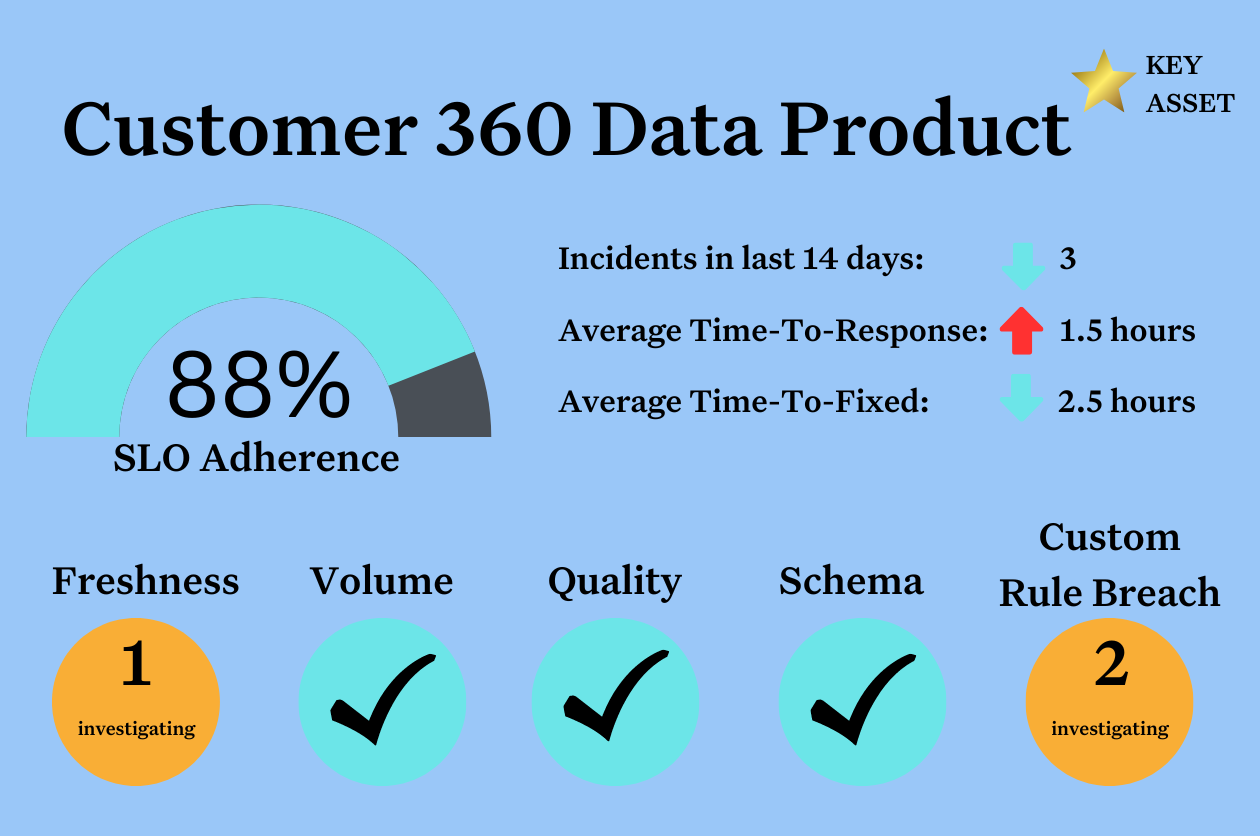How Collaborative Imaging Delivers Healthier Data Products with Monte Carlo

As a radiologist-owned alliance built by physicians, Collaborative Imaging knows a thing or two about what it means to be healthy. And the same goes for their data.
From revenue cycle management to telehealth, Collaborative Imaging’s physician-conceived platform is solving some of the biggest technology challenges facing modern medical practices. And with hundreds of hospitals utilizing Collaborative Imaging’s data products to optimize their practices, data quality is paramount for the data team.
When it comes to healthcare technology, a single misstep can mean more than a few lines on a balance sheet. Watch the video below or read on to find out how Head of Data Jacob Follis and his team leverage Monte Carlo to improve data health and streamline internal workflows across the Collaborative Imaging platform.
The data landscape at Collaborative Imaging
Healthy data doesn’t usually correlate to healthier people—but in the world of healthcare, it kind of does. With hundreds of hospital clients and millions of patient records, data reliability is a big deal for Collaborative Imaging.
Among a variety of responsibilities, Jacob’s team is responsible for analytics reporting, including self-service financial reporting for both the internal finance team and their customers. Those pipelines can include everything from internal applications to external enrichment sources.
In the past, the Collaborative Imaging’s data team struggled to uncover the quality issues hidden in their external data. And when it comes to hospital compliance, quality issues can have major implications.
“Data coming from hospitals is notoriously inconsistent,” Jacob said. “We’ve had some big issues that actually impacted our customers’ cash… In healthcare, with the regulation,you lose one patient record and it could be a $10,000 fine—and we have millions of patient records.”
Over the last four years, Jacob’s team has fought hard to improve data quality and create systems and workflows to protect the integrity of their data products. Initially, this was a very manual process for the data team, hand-writing unit tests on a legacy platform. But after discovering the power of data observability, the team adopted Monte Carlo as their data quality solution.
How Collaborative Imaging uses Monte Carlo
A few years ago, Collaborative Imaging migrated from a legacy .net database to Snowflake, which enabled the team to leverage Monte Carlo’s Snowflake and Tableau integrations, which provide end-to-end into the health of their data warehouse and downstream reports.
Leveraging tools like automated monitors and alerting, Jacob’s team has been able to discover and remediate anomalies in real-time—with field-level lineage providing end-to-end visibility across pipelines. Plus, Monte Carlo’s dbt integration has empowered the team to monitor their dbt instance for breaks that occur in the transform process as well.
“Tracking anomalies, managing data quality, making sure things don’t change, and making sure that we have good metrics on freshness and those sorts of things is how we have leveraged Monte Carlo so far.”
And unlike manual testing, Monte Carlo gives Jacob’s team visibility into their workflows as well.
“Being able to use Monte Carlo to have a workflow around, okay, somebody on the team has picked up the alert, they’ve marked it as a status, they’ve made comments…in the UI is really helpful.”
For example, prior to Monte Carlo, the team experienced an issue when one hospital’s technology upgrade led to an error that occurred across every patient message: the guarantor of the patient’s care, an important piece of financial information, was mistakenly listed in every message. That kind of error caused insurance companies to deny claims, prompted impacted patients to contact the CI call center, and created a messy scenario for both customers and the CI support team.
Unfortunately, this sort of issue is far too common in the healthcare world, and most companies don’t catch these kinds of instances for many months or even longer. This is a likely contributing factor to the exorbitant administrative cost in healthcare.
“We eventually caught it, but it wasn’t because of our good infrastructure and good tests,” Jacob said. Now, with Monte Carlo’s automated monitoring in place, a similar duplication error would be detected immediately and could be intercepted before customers felt the impact.
From detecting and remediating anomalies to improving communication and data trust across the organization, Monte Carlo has empowered Collaborative Imaging to scale their data quality efforts and provide more reliable data products for their hospital customers.
Because healthier data means more health all around.
Interested in learning more about how data observability can improve data reliability for your company? Reach out to Tim and the rest of the Monte Carlo team!
Our promise: we will show you the product.
 Product demo.
Product demo.  What is data observability?
What is data observability?  What is a data mesh--and how not to mesh it up
What is a data mesh--and how not to mesh it up  The ULTIMATE Guide To Data Lineage
The ULTIMATE Guide To Data Lineage 





